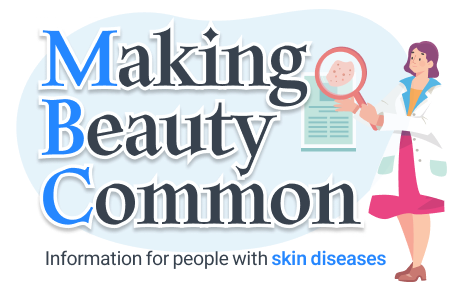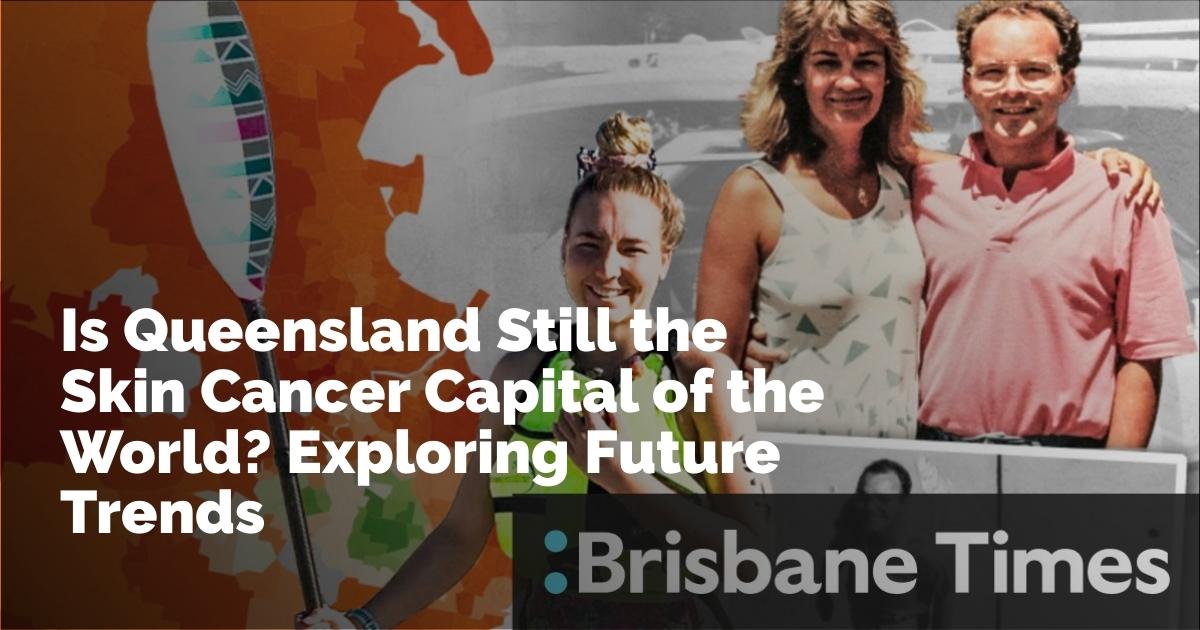Queensland's Battle Against Skin Cancer
A Dubious Title
Queensland, the Sunshine State of Australia, bears the unfortunate title of the world's skin cancer capital, with the highest rates of melanoma globally. However, it is particularly south-east Queensland that takes the crown within the state. According to Peter Baade from Cancer Council Queensland, this region experiences the most significant incidences of melanoma, more so than any other area in the country.
Uneven Distribution of Cases
In Brisbane, melanoma cases are most concentrated in the bayside suburbs of Birkdale and Manly, as well as Ashgrove in the city’s west. In contrast, areas in the city's south, such as Crestmead, Waterford West, Hillcrest, Sunnybank Hills, and Pallara in Logan, report the lowest rates. Baade suggests that location plays a significant role in these statistics, possibly influenced by demographic variations such as the higher proportion of non-European residents in regions with lower melanoma rates.
A Demographic Shift
Despite an overall increase in skin cancer rates among Queensland's older population, a promising sign emerges with a decline among those under 35, a trend mirrored across Australia. This change isn’t solely due to improved sunscreen usage among younger generations. Professor David Whiteman, head of cancer control at QIMR Berghofer Medical Research Institute, credits a shift in demographics — an increasing number of young Australians of non-European descent, who typically have a lower melanoma risk due to their ancestry and skin tone.
Lifestyle and Social Changes
Alongside demographic shifts, lifestyle and social trends have contributed to reduced melanoma rates among younger Australians. Increasingly, young people spend more time indoors rather than outdoors, often in front of screens, which reduces sun exposure. Nikki Bamforth, a young university student from the Gold Coast, emphasizes the awareness of sun protection ingrained in her through surf life-saving activities. Her commitment to intense sun protection is reflective of a broader cultural shift towards more robust sun-safety practices.
The Stark Reality
Every year, the numbers are stark — more than 3600 Queenslanders are diagnosed with melanoma, and approximately 300 succumb to the disease. Alarmingly, skin cancer claims more lives than road accidents in Queensland annually. The continuous high UV index in the region compounds this problem, making it crucial to adopt rigorous sun-safety measures regardless of the season.
Changing Behaviors for a Safer Future
Queensland's efforts to change its global ranking include initiatives to normalize comprehensive sun protection practices. Researchers at QIMR Berghofer and the University of Queensland aim for a bold 5% reduction in skin cancer numbers by 2030 and 25% by 2050. Their strategy involves promoting widespread adoption of broad-brimmed hats and the daily application of sunscreen among all Queenslanders, hoping to shift sun protection from a recommendation to a routine behavior.
The Hurdles Ahead
Despite these efforts, both Whiteman and Baade acknowledge that Queensland is unlikely to shed its title as the skin cancer capital in the immediate future. Achieving their ambitious goals will require a collective effort and a significant shift in public behavior and perception regarding sun safety.
Personal Stories of Sun Damage
The experience of Randy Collins, who faced serious sun damage and multiple skin cancer diagnoses, serves as a poignant reminder of the risks associated with prolonged sun exposure. Having spent much of his life enjoying Queensland's sunshine without adequate protection, Collins now emphasizes sun safety and is often seen sporting one of the many hats he keeps by his front door.
Conclusion
Queensland's ongoing battle with skin cancer is multifaceted, involving demographic shifts, lifestyle changes, and the persistent push for improved sun-safety measures. While the journey to alter its global standing as the skin cancer capital is challenging, it is clear that awareness, education, and behavioral changes hold the key to a healthier future for the Sunshine State.
출처 : Original Source

